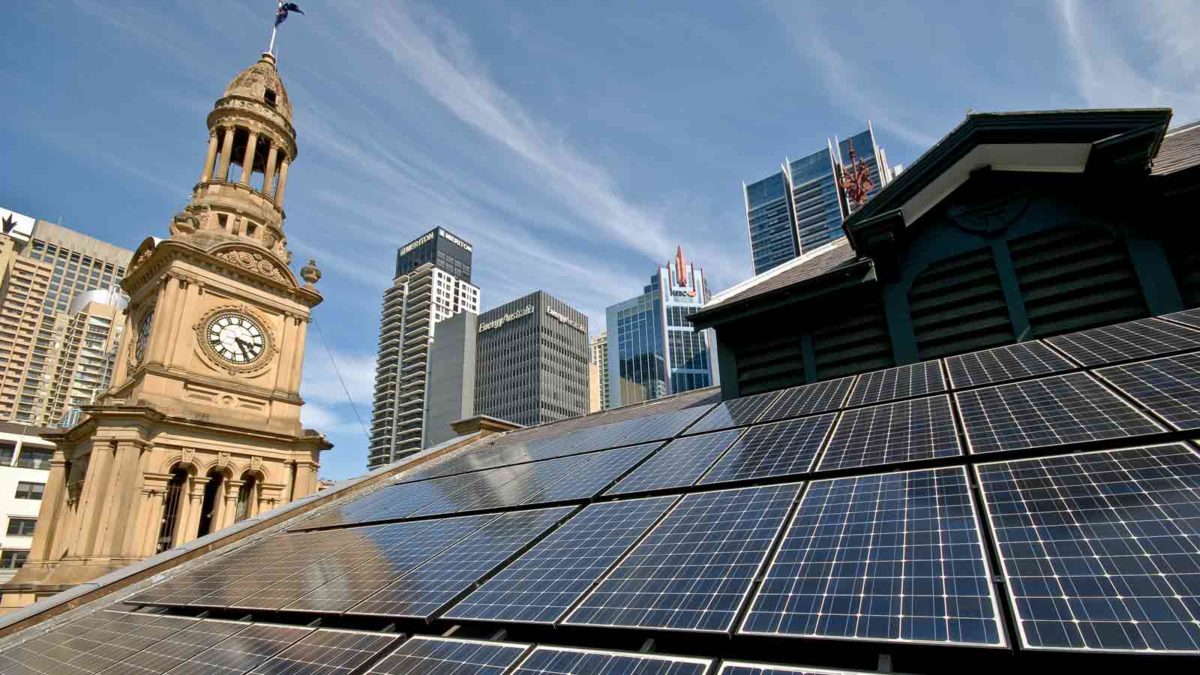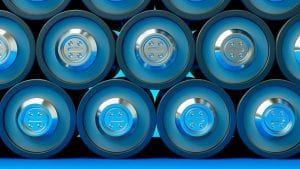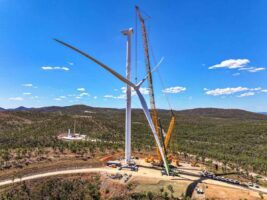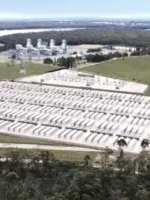The building industry could be the next major opportunity for major emissions reductions, both in Australia and overseas, with a $65 billion market awaiting innovations in low emissions materials and smart building designs.
New analysis published by the Clean Energy Finance Corporation said that around 10 per cent of Australia’s greenhouse gas emissions were embodied emissions – such those associated with the production of materials and goods – with a little under one-third of those produced by the construction industry.
The CEFC report, published on Tuesday, says there is a massive opportunity for emissions cuts through the adoption of new advances in low emissions materials production and energy efficient building designs, and at low cost.
“The analysis in this report indicates significant potential for reducing embodied carbon in Australia. This reduction can be achieved by supporting, developing and investing in Australia’s growing low embodied carbon materials market,” the report says.
“The analysis identified that the transition to a lower embodied carbon market is financially accessible and, in many cases, already underway.”
“While barriers still exist, there is significant opportunity to reduce embodied carbon through innovation and a renewal in the way we manufacture, design, build, specify, and procure infrastructure and building projects,” it adds.
The CEFC’s research found that buildings with sustainability rated infrastructure were able to achieve emissions reductions around 33 per cent, compared to buildings with no sustainability measures in place.
“This important analysis shows that cost effective solutions can be implemented now to significantly reduce embodied carbon. Australian developers and builders don’t have to choose between sustainability and saving on costs,” CEFC CEO Ian Learmonth said.
The research report was prepared by the CEFC in partnership with the Green Building Council of Australia (GBCA) and the Infrastructure Sustainability Council of Australia (ISCA).
It identified a number of measures that work to reduce building emissions, including the use of recycled materials, high strength steel and the use of new lower emissions concrete mixes.
“The research shows that it is possible to achieve as much as 18 per cent reduction in embodied carbon and save as much as a three per cent reduction in material costs for typical building and infrastructure projects,” Learmonth added.
The CEFC’s report suggests that there is a singificant local and international market for low emissions building materials. Australia’s construction material sector is currently worth an estimated $65 billion alone, providing a significant potential market for sustainable materials, while also helping to cut costs.
“Cost effective solutions are available today to substantially reduce embodied carbon. Depending on the initiatives implemented, it is possible to achieve five to 18 per cent reduction in embodied carbon whilst also achieving a 0.4 to three per cent reduction in material costs for typical building and infrastructure projects,” the report says.
As an example of the kinds of innovations being achieved in Australia, an Australian start-up has developed a innovative form of building material, which permanently stores captured carbon dioxide emissions into the material itself, drawing upon ‘mineralisation’ techniques that occurs in nature.
The process, developed by Canberra-based firm Mineral Carbonation International, was recently recognised as the “best clean energy startup” at an awards ceremony held during the COP26 talks in Glasgow.
“We lock away carbon emissions permanently and safely, creating a profitable pathway to decarbonisation for industries that can’t rely on renewable energy,” MCI’s COO Sophia Hamblin-Wang said.
“Our win shows Australian ingenuity and technology will play a huge role in the global decarbonisation challenge.
The CEFC’s joint head of property, Michael Di Russo said that innovations occuring in the production of building materials and building designs was already helping to make low emissions buildings a viable option.
“Materials and design expertise are improving at a rapid rate, which means low carbon building is a reality now. Understanding and implementing embodied carbon empowers designers, engineers and builders to better manage embodied carbon, delivering a more sustainable approach to these critical assets,” Di Russo said.
The CEFC, which manages a $10 billion public fund for low emissions investments, has previously invested around $300 million in Australian building innovations, including commerical and residential developments that have utilised concrete with between 30 and 60 per cent less embodied carbon emissions.
Lies, myths and greenwashing. Good independent journalism is time-consuming and costly. But small independent media sites like RenewEconomy have been excluded from the tens of millions of dollars being handed out to big media companies from the social media giants. To enable us to continue to hold government and business to account, to cut through the lies and the misinformation about the renewable transition, and to help expand our work, you can make a voluntary donation here to help ensure we can continue to offer the service free of charge and to as wide an audience as possible. Thank you for your support.










